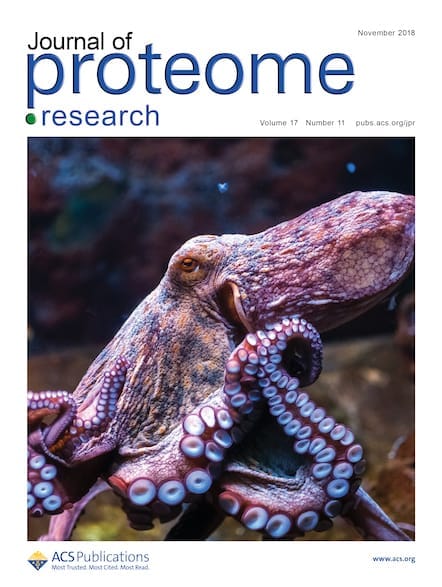This editorial originally appeared in The Journal of Proteome Research. Publishing is the principal means by which scientific findings are communicated and confirmed to the broader community. As I half-jokingly remind my lab, “If it isn’t published, it doesn’t exist.” Among the many steps in the path to publication, if you are like most authors, […]

Publishing is the principal means by which scientific findings are communicated and confirmed to the broader community. As I half-jokingly remind my lab, “If it isn’t published, it doesn’t exist.” Among the many steps in the path to publication, if you are like most authors, the cover letter is the last step in the process and, unfortunately, often the most rushed and overlooked. Authors who underestimate the value of a strong cover letter often squander an opportunity to delineate the value of their work, which can sometimes determine whether a manuscript is even sent for peer review. Before digital submission of manuscripts became the norm, the cover letter was attached to the front of the manuscript so that it was the first document an editor would read. A typical letter might include the title of the paper, verification that it has been submitted to only this journal, suggestions of appropriate reviewers for the paper, and, most importantly, information about the importance of the work and its relevance to the readership of the journal. Since much of the operational information is now provided through checkboxes and other forms in the digital submission process, authors no longer feel compelled to describe the work, making the cover letter more of an afterthought or a place where people reiterate the information already provided in the submission process.
Even in the age of digital submissions, a good cover letter is an effective tool, and the best letters will use plain language to explain why the work is important, why it will interest the readers of the journal, and thus why it should be published. The cover letter is a golden opportunity to “sell” the science in your paper to the editors handling the paper. Such clearly stated letters are invaluable to editors who have the difficult task of deciding whether or not the paper is appropriate for the journal. Without information from the authors, we must rely on reviewers, who may or may not be good at identifying the significance of the work, and when reviewers focus on technical issues in a manuscript rather than the scientific value of the findings, the evaluation of significance falls to the editors alone. While technical quality or clarity in a paper can often be improved in revision, significance is hard to improve without additional experiments and insights; in essence, it is there or not. Since there is an element of “in the eye of the beholder” as to the significance of research, it behooves authors to clearly spell it out. Without the guidance of the authors, an editor might not appreciate the important advances offered by a paper. Even if the significance is subtle, the paper may be worth publishing, but without the insights provided in a cover letter, editors might miss those points. We all have stories about a paper that should have breezed through peer review but failed because it did not resonate with reviewers or the research was too far ahead of its time to be appreciated. My most highly cited paper was rejected three times. The review process is not infallible, and while we strive to be fair and believe the process to be as objective as possible, there is, at times, some inescapable subjectivity. A well-crafted and informative cover letter can help the editor(s) be as well informed about the research and its significance as possible, and thus if reviewers miss the significance of the work, then we can take steps to make sure important points get noticed.
To sum up, your cover letter should be concise and should address:
- Why is the work important?
- Does it make an important process faster, more sensitive?
- Can you uncover new information that could not be measured before?
- Did you discover something new about a biological process?
- Have you validated and verified the finding?
- What are the broader impacts of the research?
- Who might be interested in the research?
- If you have talked to an editor and were encouraged to submit, then state this.
If you have talked to an editor and were encouraged to submit, then state this.
By providing a clearly written and concise cover letter, you can give your manuscript the best possible chance for publication.
